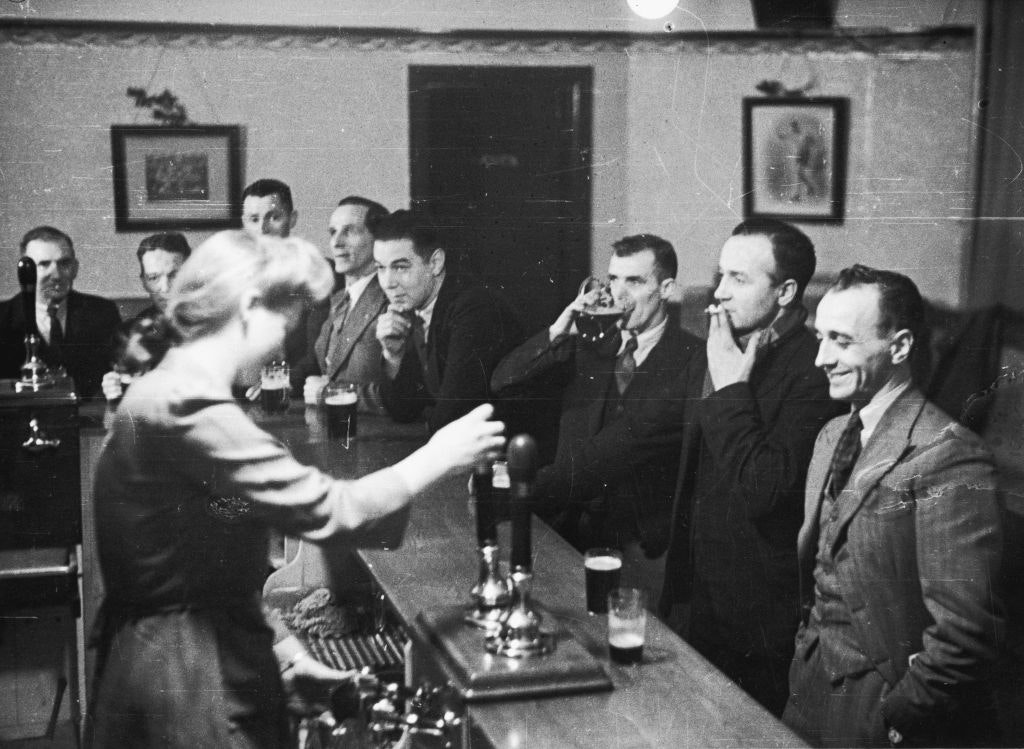Editors deserve more credit
Christopher Silvester on the essential, and undervalued, part editors play in film and documentary creation
This article is taken from the October issue of The Critic. To get the full magazine why not subscribe? Right now we’re offering three issue for just £5.
Walter Murch is the only editor to make it into the later edition of David Thomson’s e New Biographical Dictionary of Film (2002). He co-wrote and directed one feature, Return to Oz (1985), a dark and truly scary horror fantasy that is closer to the weirdness of the L. Frank Baum books than the 1939 Judy Garland musical. But he is most famous for his work as an editor and sound editor/designer.
Starting with Francis Ford Coppola’s Rain People (1968), he has had 26 sound credits, most of them as “re-recording mixer”, and 27 film editing credits, and he has won three Oscars, one for sound on Apocalypse Now, and two for sound and film editing on The English Patient (1992).
After they worked together on The English Patient, Murch sat down to be interviewed by novelist Michael Ondaatje for The Conversations, the best book of interviews with a filmmaker since Truffaut interviewed Hitchcock. He has also written his own insightful manual about editing, In the Blink of an Eye: A Perspective on Film Editing (1995).
Murch deserves a joint credit with the director Taghi Amirani for their stunning documentary Coup 53, which is about the combined American and British plot in 1953 to remove the Iranian prime minister Mohammed Mossadegh, who had nationalised Iranian oil production. Film festivals refuse to credit the editor of a documentary; they will only credit the director and writer. And yet the editor is both composer and orchestrator, says Murch. Is he right? Well, you can judge for yourself.
The idea for the film came from director Taghi Amirani, a British/Iranian citizen. Apart from some contemporaneous film footage of the coup, Amirani discovered footage from a 1985 Granada TV series called End of Empire, mainly interviews with British and American diplomats and a CIA operative.
He discovered that an interview with a former MI6 officer, Norman Darbyshire, had been edited out of the documentary, the footage confiscated by MI6, and key passages of Darbyshire’s testimony cut out of the interview transcript with a scalpel.
Eventually, he found a full transcript in the Parisian basement of Mossadegh’s grandson, and cast the actor Ralph Fiennes — “M” in the latest James Bond films — as Darbyshire, filming him in the same room at the Savoy Hotel where the original, missing interview had been recorded.
Coup 53 starts out as a detective story, then becomes a meta-story. It covers the four days of the coup in August 1953 as well as the immediate aftermath and long-term ramifications. Without the coup, it is possible the Shah would have become a constitutional monarch, there would have been no Savak (the hated secret police), and therefore no revolution and no ayatollahs.
From 532 hours of footage (more than twice the amount of footage he had to handle for Apocalypse Now), Murch created four separate timelines of somewhere between three or four hours each.
One contained interviews with four historians and commentators, another contained the broadcast End of Empire archive material, now digitised, another contained out-takes from that programme, the interviewees now being deceased, and the fourth timeline comprised the voices of dozens of Iranian dissidents recalling the coup, interviewed by another Iranian who lives in Germany. There is a moment in the film when we see Amirani and Murch unpack an external hard drive containing this treasure trove of archival material.
Otherwise, Amirani filmed additional footage — what filmmakers call B-roll — on his iPhone, using FiLMiC Pro in 4K resolution.
Murch storyboarded the film using coloured cards to denote different emotions, with smaller cards for less important scenes, and diamond-shaped cards to denote “pivot” scenes.
The result is a sublime blend of the personal journey of Amirani, the revelatory archive interviews, and “the jewel in the crown” that is the reconstructed Darbyshire interview, wherein Fiennes inhabits his role with consummate conviction.
As has been his practice ever since George Lucas’s science-fiction debut THX 1138 (filmed in 1969), which he co-wrote, Murch created a provisional score using “temp music” dug out of music libraries which was then given to composer Robert Miller as a guide for him to compose a final score evocative of both Western and Middle Eastern music.
Documentary, as a form, was languishing in the mid-1960s when Murch graduated from film school, and he believes that digitisation from the mid-1990s onwards has resulted in its renaissance.
“It’s also just given us new chisels with which to make the sculpture,” he has said. “With Coup 53 we had 532 hours of material. In film terms it would have been impossible to try to wrangle that. It would have amounted to 16 tons of 35mm film. It just wouldn’t have been possible.” The final documentary runs to just under two hours.
Murch makes a couple of cameo appearances in the film, in his editing room. He worked on the project with Amirani for the best part of five years and plainly shares his outrage at the legacy of America and Britain’s covert action.
Mossadegh was cruelly treated, spared execution but imprisoned in solitary confinement for three years. He was kept under house arrest until his death in 1967, and denied a public burial, instead being interred beneath the floor of his own dining room.
As for Norman Darbyshire, who once wanted his 15 minutes of fame but had second thoughts when he saw a preview, he subsequently evaporated into the ether, only now to be forever embodied by Fiennes.
Coup 53 can be watched online by paying the ticket price to a UK arthouse cinema at www.coup53.com
Enjoying The Critic online? It's even better in print
Try five issues of Britain’s most civilised magazine for £10
Subscribe














